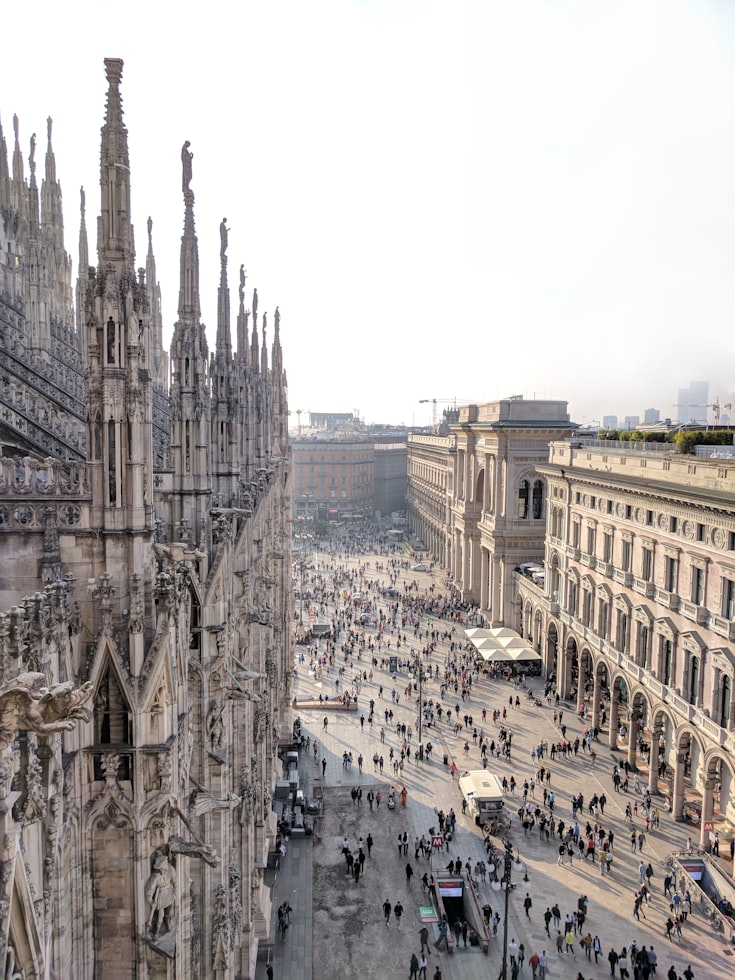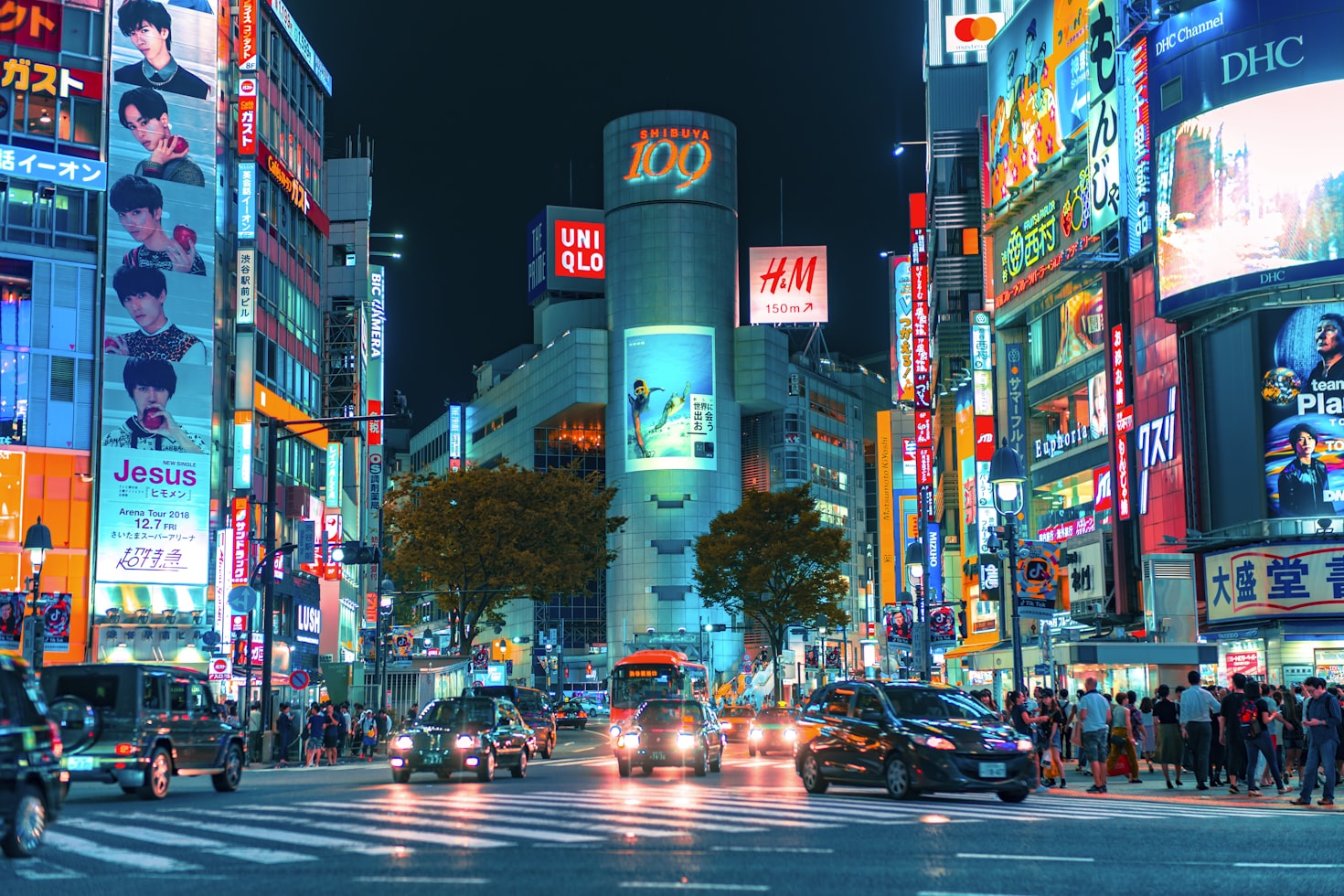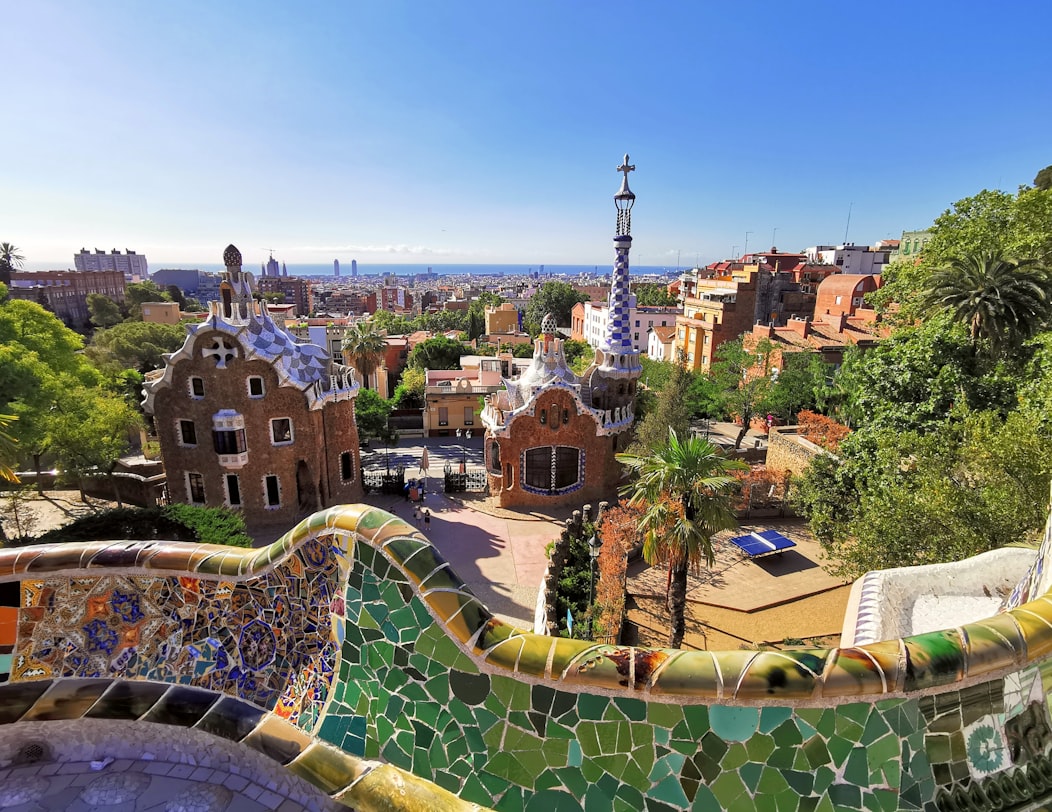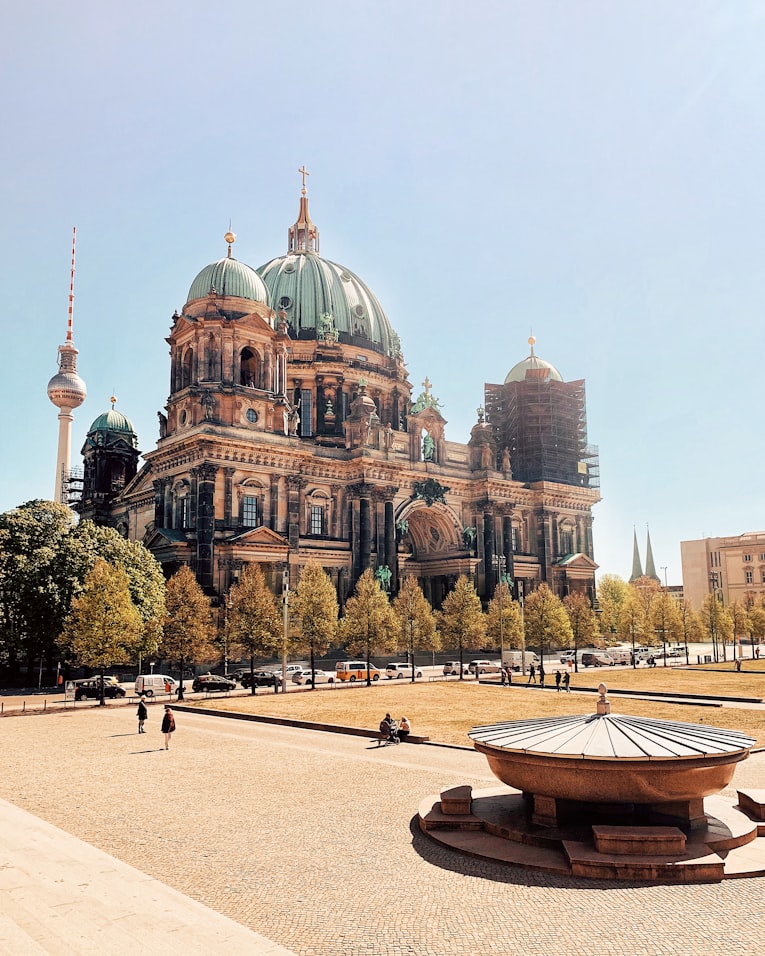
Exploring Trendsetting Design Destinations in 2024
As we step into a new year, design enthusiasts are always on the lookout for captivating destinations that inspire and ignite their creative sparks. Whether you're an architect, interior designer, or simply someone with an appreciation for aesthetics, exploring design-centric locations can offer a wealth of inspiration. In this blog post, we will unveil some popular design-based destinations that are set to capture the imagination of professionals and design enthusiasts alike in the coming year. ### 1. Milan, Italy  *Image by [Alexandr Hovhannisyan](https://unsplash.com/@alexanh20)* Milan has long been hailed as a global capital of design. In 2024, the city will once again host the prestigious Milan Design Week, where leading designers and innovative brands from around the world showcase their latest creations. This week-long event transforms the city into a design hub, with exhibitions, installations, and workshops taking place in various locations across Milan. From furniture exhibitions to cutting-edge design concepts, Milan Design Week provides a plethora of opportunities to witness emerging trends and mingle with industry pioneers. Beyond the event, Milan's rich architectural heritage, including iconic landmarks such as the Duomo di Milano and the Galleria Vittorio Emanuele II, serve as a constant source of inspiration for design enthusiasts. The city is known for its blend of historical charm and contemporary design. Exploring the Brera Design District allows visitors to discover a vibrant neighborhood dotted with galleries, showrooms, and design studios. Additionally, the Triennale Milano, a renowned design museum, showcases a diverse range of exhibitions and installations, offering insights into various design disciplines. Milan's bustling streets are also filled with stylish boutiques, concept stores, and innovative architecture, making it an inspiring destination for any design lover. ### 2. Copenhagen, Denmark  *Image by [Rolands Varsbergs](https://unsplash.com/@rolandsvarsbergs)* Copenhagen seamlessly blends minimalist aesthetics with functional design principles. The Danish capital's design scene has flourished in recent years, attracting attention for its sustainable and eco-friendly approach. Visitors can explore the iconic Designmuseum Denmark, which showcases a vast collection of Danish and international design objects spanning centuries. The museum offers a fascinating journey through the evolution of design, from classic furniture pieces to contemporary innovations. Copenhagen is also known for its focus on livable urban design, with urban planning initiatives emphasizing pedestrian-friendly streets, green spaces, and bicycle infrastructure. Exploring the city's vibrant neighborhoods, such as Nørrebro and Vesterbro, reveals an array of design-focused boutiques, innovative galleries, and trendy cafés where design enthusiasts can find unique objects and gain insights into the local design culture. Additionally, Copenhagen hosts the annual Copenhagen Design Week, where design professionals and enthusiasts come together to celebrate the city's design heritage and explore new trends. The event features exhibitions, workshops, and talks, providing a platform for emerging designers to showcase their work. From sustainable architecture to innovative product design, Copenhagen's commitment to design excellence is evident throughout the city, making it an inspiring destination for those seeking Scandinavian design at its finest. ### 3. Tokyo, Japan  *Image by [Jezael Melgoza](https://unsplash.com/@jezar)* Tokyo effortlessly fuses traditional craftsmanship with futuristic innovation, making it an ideal destination for design enthusiasts. The city is renowned for its impeccable attention to detail and its ability to harmonize functionality and aesthetics. From the iconic architecture of Tokyo Skytree and the Mori Art Museum to the bustling neighborhoods of Shibuya and Harajuku, Tokyo pulsates with design inspiration at every corner. Exploring the city's vibrant street fashion allows visitors to witness the influence of design on self-expression and subculture. The famous Takeshita Street in Harajuku, for example, is a vibrant hub of youthful fashion trends and avant-garde styles. Additionally, visiting design-focused exhibitions at venues like the National Museum of Emerging Science and Innovation, known as Miraikan, offers insights into cutting-edge technology and innovative design concepts shaping the future. Tokyo's appreciation for traditional Japanese design is evident in places like the serene gardens of the Imperial Palace and the historic temples and shrines scattered throughout the city. These places provide a serene escape and a glimpse into the timeless beauty of Japanese design and architecture. ### 4. Barcelona, Spain  *Image by [Dorian D1](https://unsplash.com/@doriandussartd)* Barcelona's unique blend of Gothic and modernist architecture, coupled with its vibrant art scene, makes it a must-visit destination for design aficionados. The city is synonymous with the visionary works of Antoni Gaudí, including the iconic Sagrada Família, Park Güell, and Casa Batlló. These architectural marvels showcase Gaudí's imaginative and organic design approach, leaving visitors awe-inspired. Barcelona is also home to the Barcelona Design Museum, which exhibits a vast collection of design objects, ranging from furniture to graphic design. The museum provides a comprehensive overview of design history and its influence on the city. Design enthusiasts can immerse themselves in the city's thriving contemporary art and design scene by visiting galleries in the trendy El Raval neighborhood or attending events like the Barcelona Design Week. The week-long event brings together design professionals and showcases innovative projects, exhibitions, and workshops, reflecting Barcelona's vibrant and ever-evolving design landscape. Beyond the design scene, Barcelona's bustling streets and vibrant neighborhoods offer endless inspiration. Exploring the Eixample district allows visitors to marvel at the beautiful Modernist buildings and discover hidden gems of design, such as artisanal workshops and concept stores. The city's Mediterranean charm and vibrant energy create a unique backdrop that stimulates creativity and leaves a lasting impression on design enthusiasts. ### 5. Berlin, Germany  *Image by [Karli Cumber](https://unsplash.com/@karl_okay)* Berlin's dynamic and cosmopolitan atmosphere has fostered a thriving design community that continually pushes boundaries. The city is a melting pot of creativity, boasting a mix of historic and modern architecture, avant-garde galleries, and experimental design studios. Design aficionados can immerse themselves in the city's vibrant street art scene, which is a testament to Berlin's creative spirit. The Bauhaus Archive, a museum dedicated to the influential Bauhaus art school, offers a deeper understanding of the principles that have shaped modern design. The museum showcases a collection of artworks, furniture, and architectural models, providing insights into the innovative ideas that emerged from the Bauhaus movement. Berlin's creative scene extends beyond museums, with design-focused festivals like the Berlin Design Week and the Berlin Art Week, where emerging talents showcase their work and established designers share their vision. Exploring the city's diverse neighborhoods, such as Mitte and Kreuzberg, reveals a treasure trove of design boutiques, concept stores, and experimental design spaces. The city's industrial heritage is repurposed into design hubs, such as the famous Kraftwerk Berlin, which hosts exhibitions, conferences, and events that celebrate the intersection of design, technology, and culture. --- In the coming year, these design-based destinations are set to captivate professionals and design enthusiasts with their unique offerings. Whether you seek inspiration from Milan's design week, Copenhagen's sustainable ethos, Tokyo's fusion of tradition and innovation, Barcelona's architectural marvels, or Berlin's avant-garde creative scene, these cities promise an abundance of design experiences that will leave you inspired and ready to embark on your own creative journey. So pack your bags, open your mind to new possibilities, and let these design destinations weave their magic on your artistic soul. Happy travels!


